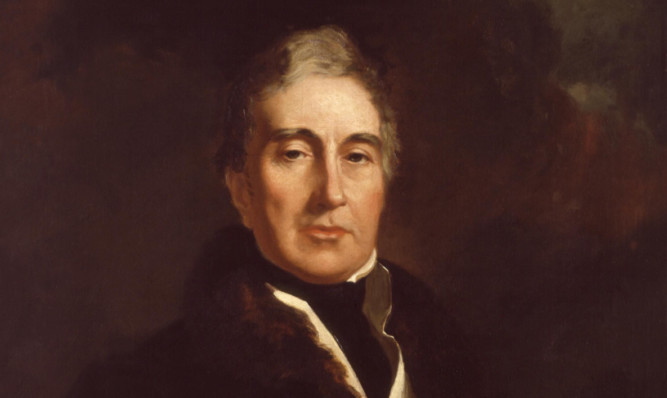A silver salver presented to a British Army officer who fought the French in the Napoleonic Wars as revenge for their treatment of his dead wife’s body is to go under the hammer.
The piece was awarded to General Sir Thomas Graham, 1st Baron Lynedoch, in 1800 in recognition of his two-year siege of the French garrison of Valetta, on Malta.
Experts expect it to fetch £30,000 when it is sold as part of Bonham’s Waterloo sale in London on April 1.
Sir Thomas held a hatred for the French as revolutionaries had molested the corpse of his wife, Mary Cathcart, as it was being transported for burial.
Following the incident, he placed her casket in the family mausoleum in Methven, before going to war.
He initially volunteered as an unpaid staff officer in the operations against the French at Toulon in 1793.
He distinguished himself and, despite being wounded, Sir Thomas raised his own regiment the following year the 1st Battalion of the 90th Regiment of Foot (Perthshire Volunteers) and was commissioned as its lieutenant-colonel commandant.
Between 1798 and 1800, as a temporary brigadier general, he was ordered to besiege the strong French garrison of Valetta.
Sir Thomas’ dedication was recorded by the presentation of the salver.
Sir Thomas also played a role in the battle of Corunna, the siege of Cadiz and the battle of Barossa, where he took command and turned disaster into victory.
Afterwards, the Duke of Wellington wrote to Sir Thomas, congratulating him.
On May 3 1814, Sir Thomas was raised to the peerage by the title of Baron Lynedoch of Balgowan. Perth made him a Freeman in 1815.
He died in 1843, aged 96, and was buried alongside his wife in Methven.
